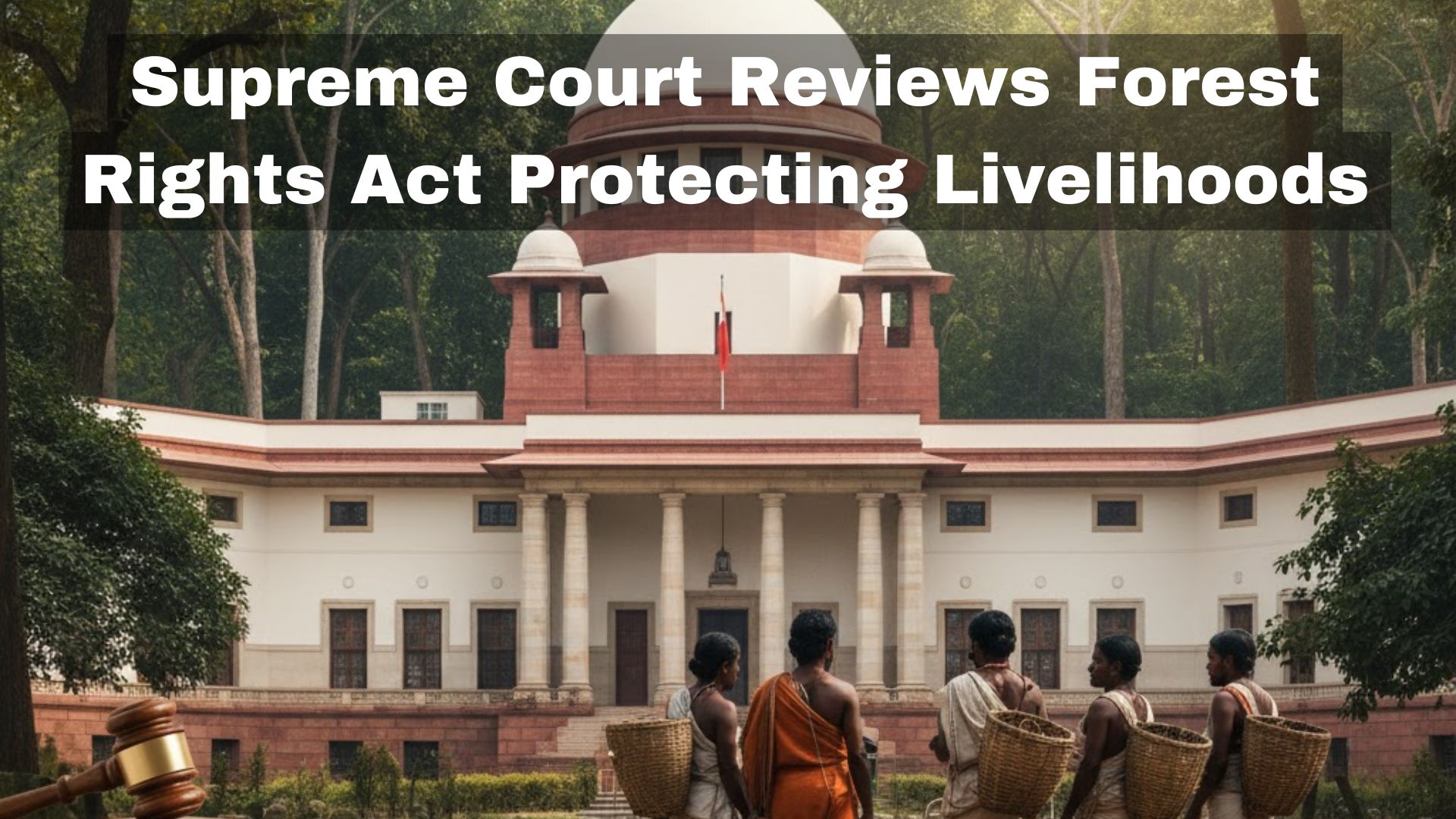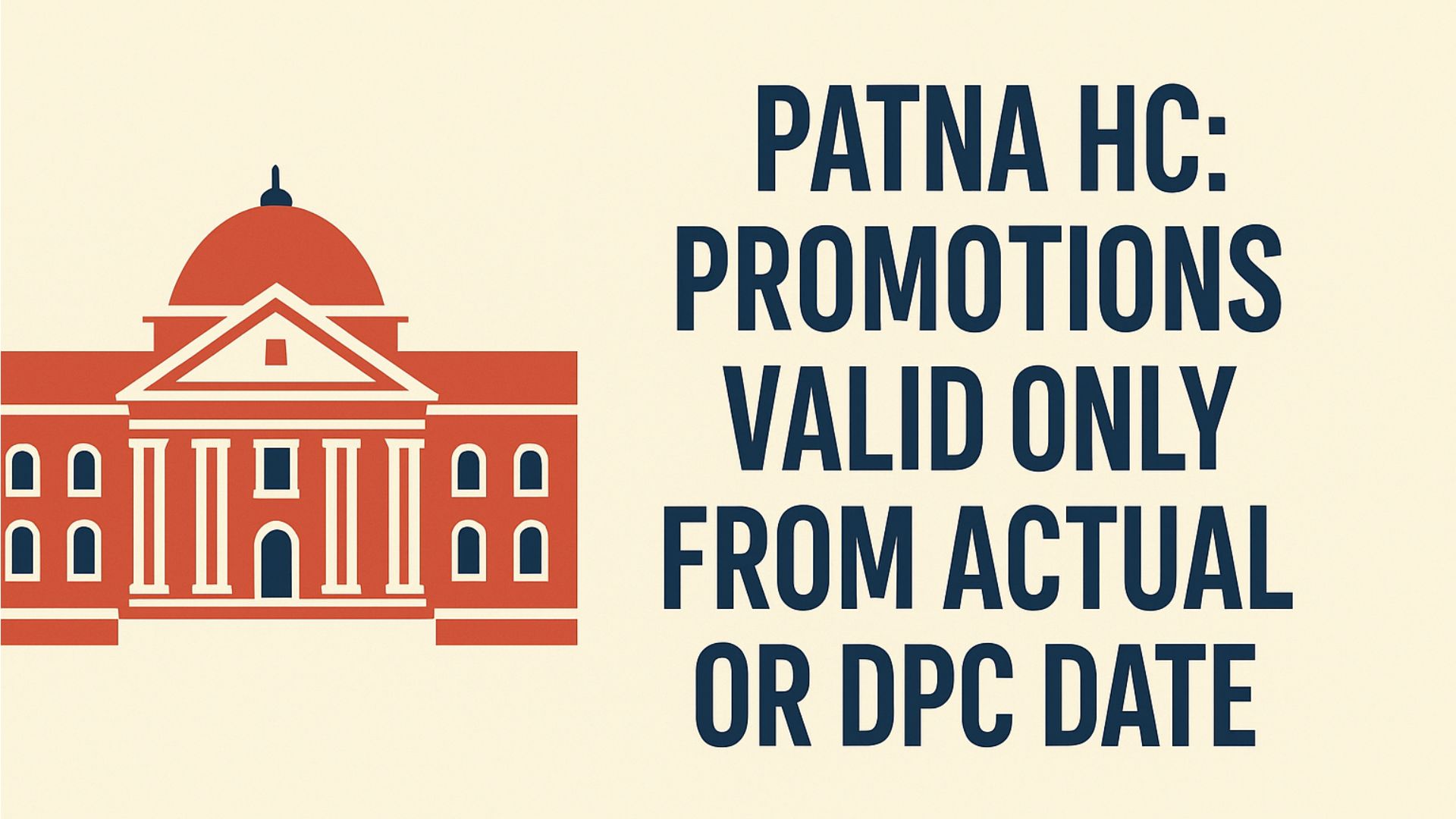Karnik D.G., J.@mdashThis motion is taken out by the defendant for setting aside the ex parte decree passed against him on 28th August, 2001 in
Summary Suit No. 129 of 2001. The plaintiff opposes the motion.
2. The case of the defendant is that after service of the summons he had engaged an Advocate and instructed him to do the needful. The defendant
bona fide believed that the Advocate would file appearance in Court and would do the needful for defending the suit. However, the Advocate did
not file an appearance and therefore an ex parte decree was passed. The defendant should not be penalised for the negligence of the Advocate,
says his learned Counsel. After controverting these facts, learned Counsel for the plaintiff submits that assuming all averments to be true the ex
parte decree cannot be set aside because no special circumstances have been made out as required under Order 37, Rule 4 of the Code of Civil
Procedure. Reliance is placed on the decision of the Supreme Court rendered in Rajni Kumar Vs. Suresh Kumar Malhotra and Another, .
3. The procedure for trial of a summary suit prescribed in Order 37 of the CPC is materially different than the procedure for trial of a suit instituted
in a Court exercising Ordinary Original Civil Jurisdiction. In case of an ordinary suit the defendant appears on the date fixed for his appearance in
summons and thereafter he is entitled to defend the suit as of right. He need not seek leave of the Court for defending the suit or filing of a written
statement of his defence. In case of a summary suit the defendant is required to file an appearance either in person or by a pleader, within 10 days
of service of the writ of summons on him and file the address for service of notices on him. On failure of the defendant to enter an appearance
within 10 days of the service of the writ of summons, the plaintiff is entitled to a decree for a sum not exceeding the sum mentioned in the summons
together with interest at the rate specified, if any and the costs. This is provided in Sub-rule (3) of Rule 2 of Order 37 of the Code of Civil
Procedure. If the defendant enters an appearance as above, the plaintiff is required to serve on the defendant the summons for judgment in the
prescribed form. Within 10 days of the service of summons for judgment the defendant may apply for leave to defend the suit. Leave to defend
would ordinarily be granted on the defendant, by affidavit or otherwise disclosing such facts as may be deemed sufficient to entitle him to defend.
Leave to defend may be granted to the defendant either unconditionally or conditionally on such terms as the Court may deem fit. Normally, the
Court will not refuse leave unless the Court is satisfied that the facts disclosed by the defendants do not indicate a substantial defence or that the
defence intended to be set up is frivolous or vexatious. The difference between the procedure of a ordinary suit and of a summary suit is that in the
former the defendant requires no leave of the Court to defend the suit and he is entitled to defend it as of right while in case of the latter the
defendant is required to apply for leave to defend within ten days of the service of the summons for judgment. In a summary suit the defendant has
no right to defend per se unless leave is granted to him by the Court to defend the suit. If the leave to defend is refused or if conditional leave is
granted subject to his giving of a security and the defendant fails to give security within the time specified by the Court, the plaintiff is entitled to a
judgment forthwith. If leave to defend is granted thereafter the procedure for trial of a summary suit would be the same as that of a civil suit
instituted in ordinary courts exercising Ordinary Original Civil Jurisdiction only until the leave is granted the procedure is different.
4. It is important to note that if the defendant does not file an appearance within 10 days or thereafter does not apply for leave to defend within the
specified time after service of summons for judgment the Court is entitled to pass a decree against the defendant under Rule 2(3) or Rule 3(6) as
the may be, of Order 37 of the Code of Civil Procedure. The provisions of Order 9, Rule 13 of the CPC obviously are not applicable to such a
decree which is passed under Rule 2(3) of Rule 3(6) of the Code of Civil Procedure. Such a decree cannot be set aside under Order 9, Rule 13 of
the Code of Civil Procedure. However, Rule 4 of Order 37 of CPC empowers the Court to set aside a decree passed under Order 37 under
special circumstances. Rule 4 of Order 37 of the Code of the Civil Procedure reads as under:
Power to set aside decree. - After decree the Court may under special circumstances set aside the decree and if necessary stay or set aside
execution and may give leave to the defendant to appear to the summons and to defend the suit, if it seems reasonable to the Court so to do and
on such terms as the Court thinks fit.
5. Bare perusal of Rule 4 of Order 37 of the CPC would show that it is not confined to setting aside of an ex parte decree. It extends also to
setting aside of an execution. It also empowers the Court while setting aside an ex parte decree to grant leave to the defendant to appear to the
summons for judgment and to defend the suit. Thus in an application under Order 37, Rule 4 the defendant is entitled to claim all reliefs including
one of setting aside of a decree (including a decree passed under Rule 2(3) of Rule 3(6) of the Code of Civil Procedure) and pray :
(i) for stay setting aside execution proceedings which may have been instituted to execute the decree; and/or
(ii) for leave to appear even where there has been non-appearance or delay in appearance within 10 days as contemplated under Rule 3 (1);
and/or
(iii) for leave to defend the suit.
6. Thus in an application under Order 37, Rule 4 of the CPC the Court is entitled, may required, to examine whether there was sufficient cause for
the defendant to condone his lapse either of non appearance or of non-applying of leave to defend but also to grant him leave to defend if it
considers that there are sufficient grounds for granting him leave to defend. The very object of Order 37 of the CPC is speedy trial of a summary
suit. Hence at the time of setting aside of a decree under Rule 4 of Order 37 itself the Court considers whether there is sufficient ground to
defendant for granting leave to the defendant to defend. If the defendant is entitled to apply for all the reliefs, not only of setting aside the ex parte
decree but also of granting of leave to him to defend the suit in one and the same application made under Order 37, Rule 4 of the CPC then
obviously he must apply for all the reliefs. He cannot apply for only setting aside of the ex parte decree and omit to apply for leave to defend
simultaneously. For that he would be required to make out ground that he has a reasonable or triable defence to the suit and he is entitled for leave
to defend. Thus when an application under Order 37, Rule 4 of the CPC is made the Court is required to be satisfied not only that there are
sufficient reasons for condoning earlier lapse of the defendant in non appearance or in not applying for leave to defendant but also that there exist
sufficient grounds entitling him for leave to defend. In Rajnikumar v. Suresh Kumar Malhotra (supra) the Supreme Court observed (at para 10) :
It is important to note here that the power under Rule 4 of Order 37 is not . confined to setting aside the ex parte decree it extends to staying or
setting aside the execution and giving leave to appear to the summons and to defend the suit. We may point out that as the very purpose of Order
37 is to ensure an expeditious hearing and disposal of the suit filed thereunder Rule 4 empowers the Court to grant leave to the defendant to
appear to summons and defend the suit if the Court considers it reasonable so to do on such terms as Court thinks fit in addition to setting aside the
decree. Where on an application more than one among the specified reliefs may be granted by the Court all such reliefs must be claimed in one
application, It is not permissible to claim such reliefs in successive petitions as it would be contrary to the letter and spirit of the provision. That is
why where an application under Rule 4 of Order 37 is filed to set aside a decree either because the defendant did not appear in response to
summons and limitation expired, or having appeared, did not apply for leave to defend this suit in the prescribed period, the Court is empowered
to grant leave to defendant to appear to the summons and to defend the suit in the same application. It is therefore not enough for the defendant to
show special circumstances which prevented him for appearing or applying for leave to defend, he has also to show by affidavit or otherwise facts
which would entitled him leave to defend the suit. In this respect, Rule 4 of Order 37 is different from Rule 13 of Order 9.
7. In the present case, the defendant has only made out a good ground for his absence. The fact that the defendant had engaged an Advocate and
did everything within his power for appearance and defence of the suit could be a ground for seating aside of the decree under Order 9, Rule 13 of
the Code of Civil Procedure. If the Advocate contrary to his engagement fails to appear and fails to communicate with the defendant, the courts
have often set aside ex parte decrees so as not to cause prejudice to the party on the ground of negligence of the Advocate. However, as stated
earlier Order 9, Rule 13 of the CPC is not applicable for summary suits. In respect of a summary suit, for setting aside of a decree the defendant is
required to make out special circumstances. Though the special circumstances are not defined, they include his making out of a sufficient defence
which would normally entitle him for leave to defend. In the present case, no special circumstances have been pleaded nor is any pleading, affidavit
or other material produced which would entitled him for leave to defend. For these reasons the motion is dismissed.

